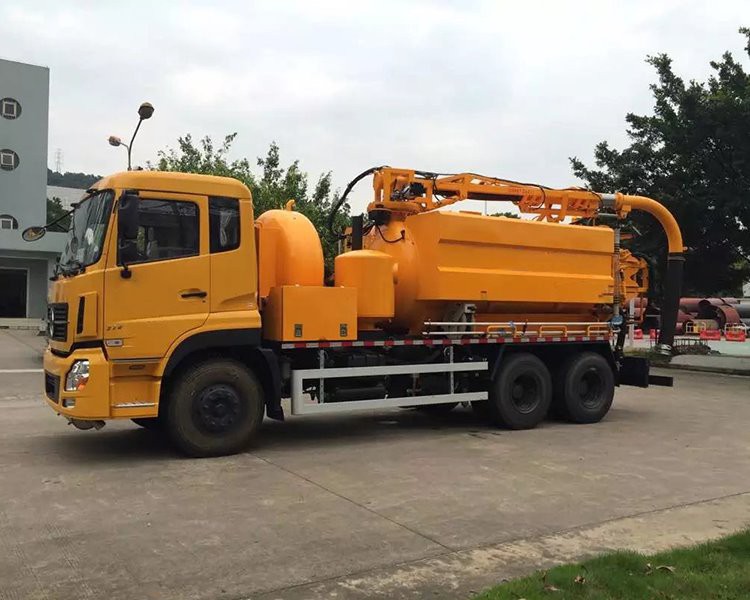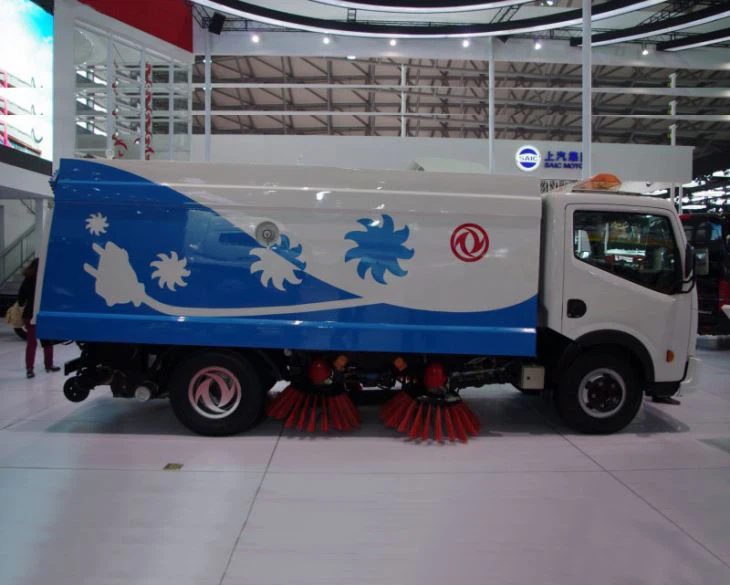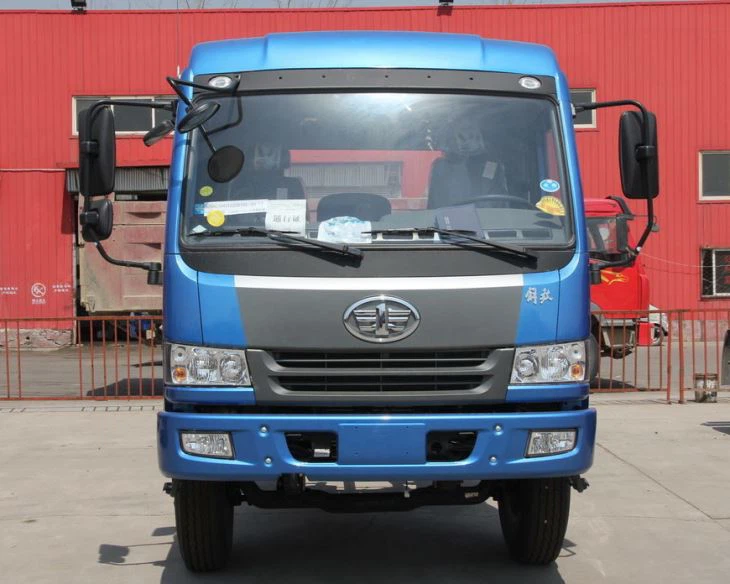Understanding Street Sweeper Prices: A Comprehensive Guide

Introduction
Street sweepers play a crucial role in maintaining urban cleanliness and safety. Local governments, municipalities, and private entities invest significantly in these machines to keep streets, parking lots, and other paved surfaces clean. However, the prices of street sweepers can vary widely based on multiple factors, which can make it challenging for buyers to make informed decisions. This article will delve into the various aspects influencing street sweeper prices, helping you understand what to expect and how to choose the best option for your needs. We will explore the different types of street sweepers, their features, costs, and other considerations to keep in mind.
The Types of Street Sweepers
Before diving into the costs, it’s essential to understand the types of street sweepers available on the market. Each type serves different purposes and comes at varying price points.
1. Mechanical Street Sweepers
Mechanical street sweepers are the most common type used in urban areas. They use rotating brushes and a vacuum system to collect debris and dust from the road surface.
Price Range
Typically, mechanical street sweepers range from $25,000 to $150,000, depending on size, features, and manufacturer.
2. Vacuum Street Sweepers
These utilize strong suction to remove dirt, debris, and even larger items from the streets. They are ideal for cleaning up heavy debris.
Price Range
Vacuum street sweepers generally cost between $40,000 to $200,000 based on power and capacity.
3. Regenerative Air Sweepers
These machines blow air onto the road surface to dislodge debris and then vacuum it up. They are highly efficient for fine dust and light debris.

Price Range
The price for regenerative air sweepers usually falls between $50,000 to $300,000.
4. Compact Street Sweepers
Designed for smaller spaces, compact street sweepers are perfect for cleaning narrow streets, sidewalks, and parking lots.
Price Range
Compact models typically range from $15,000 to $70,000.
Factors Influencing Street Sweeper Prices
Understanding the factors that influence street sweeper prices will help you make better purchasing decisions.
1. Size and Capacity
Large street sweepers can handle more debris and cover larger areas, reflecting higher prices. Smaller models are more affordable but less efficient for extensive cleaning tasks.
2. Features and Technology
Modern street sweepers come with advanced features like GPS tracking, water spray systems for dust control, and software for operational efficiency. Such features increase the price.
3. Brand Reputation
Well-known brands often charge premium prices due to their reliability, support, and service. Investing in a reputable brand can be beneficial in the long run.
4. New vs. Used
While new street sweepers come with warranties and the latest technology, used ones can provide significant savings. However, consider maintenance history and remaining lifespan.
5. Emission Standards
Street sweepers meeting stricter emission regulations may cost more because they need advanced technology to comply with environmentally friendly standards.
Buying New vs. Used Street Sweepers
Whether to buy new or used depends on your budget, needs, and intended use.
Pros of Buying New
- Latest features and technology
- Warranty coverage
- More efficient and reliable
Cons of Buying New
- Higher upfront costs
- Depreciation value
Pros of Buying Used
- Lower purchase price
- Less depreciation
Cons of Buying Used
- Higher maintenance costs
- Potential lack of warranty
Cost Examples of Popular Street Sweepers
To give you a better idea of prices, here are some popular models along with their approximate costs:
| Model | Type | Price Range |
|---|---|---|
| Tennant 3680 | Mechanical | $120,000 – $150,000 |
| Elgin Eagle | Vacuum | $100,000 – $200,000 |
| Schwarze A4000 | Regenerative Air | $175,000 – $300,000 |
| Johnston C400 | Mechanical | $90,000 – $130,000 |
| Green Machines 505 | Compact | $30,000 – $50,000 |
Leasing vs. Buying: What’s Best for You?
Many businesses consider leasing street sweepers instead of buying. Each option has its pros and cons.
Leasing Benefits
- Lower monthly payments
- Access to the latest models without high upfront costs
Leasing Drawbacks
- No ownership equity
- Increased long-term costs
Buying Benefits
- Full ownership after purchase
- No monthly payments after paying off
Buying Drawbacks
- Higher initial costs
- Maintenance costs can increase over time
Maintenance and Operating Costs of Street Sweepers

The initial purchase price isn’t the only cost to consider. Maintenance and operating costs can significantly impact your budget.
1. Regular Maintenance
Regular maintenance includes oil changes, filter replacements, and inspections. These costs can range from $1,000 to $5,000 annually.
2. Fuel Costs
Fuel consumption varies by type, machine size, and usage frequency. Expect costs to vary significantly, especially for larger models, which may consume more fuel.

3. Replacement Parts
As with any heavy machinery, you’ll eventually need replacement parts, such as brushes or vacuums. Budget for $500 to $2,500 annually for parts depending on usage.
Financing Options for Street Sweepers
If purchasing a street sweeper outright is not feasible, various financing options are available.
1. Traditional Loans
Traditional bank loans can be used to finance street sweepers with competitive rates depending on your credit score and financial history.
2. Equipment Financing
This form of financing is specifically designed for purchasing equipment, allowing businesses to own equipment while spreading costs over time.
3. Leasing Options
As discussed earlier, leasing allows businesses to use modern street sweepers with lower immediate costs, but without ownership.
Tips for Choosing the Right Street Sweeper
When selecting a street sweeper, consider the following tips to ensure you make the best choice.
1. Assess Your Needs
Consider the size of the area you need to clean and the type of debris typically found. This will guide you in choosing the right size and type.
2. Set a Budget
Determine your budget upfront, including ongoing costs like maintenance and fuel, to avoid overspending.
3. Research Brands and Models
Look for models with a good reputation for reliability and efficiency. Read reviews and consider factors like warranty and customer support.
4. Conduct a Test Drive
If possible, test the street sweeper before purchasing to understand its handling, features, and comfort.
5. Consider Resale Value
Some brands retain their value better than others. This consideration can also influence your decision if you intend to resell later.
Frequently Asked Questions
1. What is the average price of a street sweeper?
The average price varies based on type and features, generally ranging from $15,000 for compact models to $300,000 for advanced regenerative air sweepers.
2. How long do street sweepers last?
With proper maintenance, street sweepers can last anywhere from 5 to 15 years depending on usage conditions and upkeep.
3. Are there government grants for purchasing street sweepers?
Yes, some municipalities may offer grants or financing options to promote environmentally friendly practices. Check local government resources for eligibility.
4. Is it cheaper to rent a street sweeper than to buy one?
Renting a street sweeper can be cheaper for short-term needs or occasional use; however, long-term usage typically makes buying more economical.
5. Can street sweepers operate in different weather conditions?
Most street sweepers are designed to operate in various weather conditions but may have limitations during extreme conditions like heavy snow or rain.
6. What maintenance is required for street sweepers?
Regular maintenance includes checking fluid levels, replacing filters, inspecting brushes, and ensuring the vacuum system is functioning properly.
